#hiking gears
Link
BEST HIKING OUTFITS IDEAS FOR WOMENby
DrapeFit
May 26, 2022 0 comment
By DrapeFit
Choosing the appropriate outfit for different events is an art. And if you do not possess the skills, you certainly can hire the right artists that can help you dress right wherever you go.
It’s all fun and games when someone talks about nature. But when it’s about going out there, the smile fades. If that’s the case with you too, chances are that you are scared of or spurn the idea of hiking due to the physical discomfort. What if there was a way you could enjoy hiking?
There hasn’t been a better time to go hiking. With the weather, the activities, and the people, hiking can become your unwinding weekend trip with the right apparel and gears to support you and keep you comfortably going. Head to the wild with these hiking outfit ideas.
Schedule A FIT
Start Hiking on the Right Foot
Hiking is all about that physical movement and most of the drain goes to the feet. There are certainly stylish and sturdy options for hiking shoes that are no less than a pair of designer shoes when it comes to looks. The options are long-lasting, weather-resistant, and provide support to your feet and the body as you set your mind to set the trail ablaze.
Hiking Pants- The Heavy Lifters
While hiking, your body will need maximum flexibility for unpredictable movements such as the climbs, the jumps, the runs, and whatnot. Think about what that means for your legs. Well, the right pants will have you covered by doing the most heavy-lifting for you. For a simple mountain trail, you can choose fabrics that are flexible and wear and tear-resistant. But for dense trails, you might want to opt for thicker but flexible fabrics. An added bonus if you can get anti-micro bacterial and moisture-wicking fabrics.
Reach the Summit Effortlessly in the Right Tops
As far as tops for hiking are concerned, the rule of thumb is to look for flexibility and breathability. Tops that act as a second skin without being too clingy and heavy ensure comfort during the hike. High-impact sports bras are a must for an active day out. And depending on the weather, you can choose to layer your sports bra and t-shirt with a suitable jacket. Choose one with zippers and pockets for maximum functionality or let the Online Wardrobe Stylist do it for you!
All Season Hiking Outfits for the Win!
Remove the “I don’t have hiking clothes” excuse from your list because, with the all-season hiking clothes, you do not have to shop before every hiking trip. Hiking clothes have become a serious affair and there are immense options for jackets, tracksuits, t-shirts, tops, track-pants, and even co-ord sets that can be worn around the year for hiking.
These options keep you warm and snug in chilly weather. They also make sure that you stay cool in the breathable fabrics.
Hiking Gears
You have sorted the major part of the hiking woes with shoes, pants, and tops. Now, for the nitty-gritty of the trip. For sun protection, wear a high SPF sunscreen and carry one along for frequent reapplication. Carry a hat and sunglasses, too.
Taking along a map and compass for complicated and dense trails will help you stay safe and cautious. Keep extra water and food. Do not forget to add a first-aid kit. And at the end, carry these essentials in the right bag that isn’t heavy on the shoulders and doesn’t need to be carried using your hands.
Hiking can be a fun outdoorsy activity if you have the right apparel for it. That being said, you do not always have to step out of the comfort of your home to research and buy the right hiking outfit. With thousands of options to choose from online, you can even rely on the Clothing Subscription Boxes For Women to help you pick your fit and style.
#HIKING GEARS#HIKING WEAR#RIGHT HIKING OUTFITS FOR WOMEN#SEASON HIKING OUTFITS#SPORTY STYLE HIKING OUTFITS#SUMMER HIKING OUTFITS#WOMEN’S HIKING OUTFITS#WOMEN’S HIKING SHOES
0 notes
Link
BEST HIKING OUTFITS IDEAS FOR WOMEN
#HIKING GEARS#HIKING WEAR#RIGHT HIKING OUTFITS FOR WOMEN#SEASON HIKING OUTFITS#SPORTY STYLE HIKING OUTFITS#SUMMER HIKING OUTFITS#WOMEN’S HIKING OUTFITS#WOMEN’S HIKING SHOES
0 notes
Text
Sharing library propaganda
2K notes
·
View notes
Text

Into the desert wilds.
California
1973
#vintage camping#campfire light#california#camping#hiking#history#backpacking#travel#desert#vintage gear#1970s
121 notes
·
View notes
Text
Beginner Hiking Guide:
Gear - What to Bring Hiking

What you want to bring with you on a hike will vary depending on what kind of hike you’re doing. If you’re going on a very short (under an hour) and easy hike on highly-trafficked and easily accessed trails for instance, you may not need to bring much at all -- though I always recommend a water bottle, sun protection and a hoodie or something. But if you’re doing a longer trek on backcountry trails out in the wilderness, you’ll want to bring quite a bit more with you, because the stakes are higher if things go wrong.
My general rule of thumb is: Pack for the Worst Case Scenario.
What is the worst that could happen if you get lost or injured? How long would it take for someone to find you if your phone died and you couldn’t call for help? If you get stuck out overnight, how cold is it going to get, and will you be able to survive it? How about if you have to wait several hours for a rescue party to carry you out if you can’t walk?
I carry a bunch of emergency items in my pack that, on an ideal hike, I never need. But if things don’t go ideally, given the places and conditions I hike in, they could save my life. In the list below, I’ve put an asterisk next to items I recommend packing even for short day hikes (2 hours or less)
So let’s start with the most important thing:
You Need a Backpack.
If you’re going to carry supplies, you need something to carry them in, and a backpack is the easiest, most comfortable way to do so that won’t compromise your balance or leave you unable to use your hands on a hike. (On short outings, fannypacks are great, but you’ll want a backpack if you’re going out into backcountry).
DON'T: use a drawstring backpack -- this will dig painfully into your shoulders pretty quickly.
DO: use a backpack with a waist/hip strap (and chest strap if possible). Having more of your pack’s weight on your hips than on your shoulders will cut down on back pain! The more adjustable, the better; you want to be comfortable.
There are really great hiking specific backpacks out there, but they are on the pricey side. It’s something where, if you plan on doing hiking more regularly, I would recommend investing in a good pack, but for your first time your old book bag will probably do okay.
The Ten Essentials
If you do any research on backcountry hiking, you will probably see “the ten essentials” mentioned somewhere. These are the things that you’re recommended to always bring on a hike with you if you’re going out into the wilderness. The list can seem a little daunting, but honestly a lot of the things on it are pretty small and easy to acquire.
1) Navigation / Map & Compass* -- Have a paper map in a ziploc bag and a compass in addition to any digital tools and GPS you may be using to navigate. Technology fails, and having a map that you’ve familiarized yourself with before you set out will help you to stay on your route and avoid getting lost. REI has useful articles on how to use a compass and how to read a topographic map.
2) Nutrition / Extra Food -- I always bring food hiking. You burn through a lot of energy while hiking, and snacking will help boost your energy levels and keep you moving. Calorie-dense foods with sugar and protein like trail mix, nuts, and granola bars give you the biggest boost while not taking up too much room in your pack. And if your hike runs over, you’ll be grateful for the extra rations.
3) Hydration / Extra Water* -- I typically bring a full liter of water (or gatorade!), minimum when I hike. Nalgene bottles are great because they’re lightweight and virtually indestructible. You’re going to be losing a lot of moisture through sweat and through the vapor your exhale while breathing heavily, so you are going to need to hydrate. Bring more than you think you’re going to need in case things go badly.
4) Insulation / Extra Layers* -- I talked about this in the post about clothes, but always have an extra layer. If the weather shifts, or you get injured and can’t move to keep warm, or you get lost and need to wait for a rescue, the last thing you need is for hypothermia to come along and make your day worse.
5) Illumination / Light -- There’s always a chance of something going wrong, be it a twisted ankle or just misjudging the length of a hike, that can lead to you being out for longer than you anticipated -- and if you’re stuck out in the wilderness when the sun goes down, you want to be able to see where the hell you’re going to find the trail and get home. On any longer hike (especially if you’re starting later in the day), bring a headlamp or flashlight with extra batteries (and test it before you leave!)
6) Emergency Shelter -- Is there any chance that on the hike you’re doing, you could potentially get lost enough that you have to spend hours and hours out here? In the theme of extra layers, if you get lost, injured, or otherwise caught out in bad conditions and can’t hike out on your own for any reason and rescue won’t be there anytime soon (search and rescue teams take time to assemble, deploy and then hike out to you), you want to have some means of shelter. Obviously, you don’t wanna drag an entire tent out into the woods if you’re just going on a day hike, but a there’s a few lightweight options that can make a difference when you’re improvising protection from the elements, such as:
A mylar space blanket / shock blanket
A bivvy sack (basically a lightweight plastic sleeping bag that keeps warmth in and water out!)
....And if you’re on a budget, a large plastic trash bag can do in a pinch!
7) Firestarter -- On the topic of shelter, especially if you’re stuck out in the cold overnight, a fire can be an emergency source of heat and light. Since most of us are not capable of starting a fire just by rubbing two sticks together like in the movies, we’ll want to make it easier on ourselves by bringing something to start a fire with: pack something to ignite it with, and something to use as tinder to catch the flame and sustain it long enough to ignite other fuel you’ve gathered. I personally carry a bic lighter that was like, .99c at the gas station, and a toilet paper tube stuffed with dryer lint for tinder. This is one of those “hopefully you never actually have to use it” things.
8) First Aid Kit* -- You want to be able to treat an injury if it happens, and to address smaller health concerns before they become bigger health concerns. With blisters especially, an ounce of prevention is worth a pound of cure -- putting blister pads on your feet when you’ve got hot spots before they turn into full on oozing blisters is going to make a world of difference. And as someone who has taken a nasty spill on the trail and hiked out injured, I always carry a solid first aid kit with me. You can buy a compact pre-made kit easily enough to carry with you, but you may find yourself customizing it to your needs. I recommend having the following:
Ibuprofen -- good for managing pain, swelling, and soreness
Tylenol/Acetaminophen -- pain reliever, fever reducer, better for head injuries than ibuprofen since it doesn’t thin blood (also, if you’ve hurt yourself and you’re in a LOT of pain, you can alternate Tylenol and Ibuprofen)
Benadryl or some other antihistamine for allergies
AfterBite -- good for stings and bug bites
Bandaids in assorted sizes
Blister pads
Disinfectant wipes x 2
Gauze
A triangular bandage
A lightweight SAM splint
Ace bandage - good for wrapping sprains
Tweezers - good for removing splinters!
Any important medications you personally need, such as an EpiPen or inhaler, or personal joint braces you require
9) Sun Protection* -- Even if you’re hiking under tree cover, or on a cloudy day, with hours spent outdoors, you’re getting a lot of UV exposure. Regardless of whether you’re someone who sunburns easily or not, it’s good to have sun protection. Bring sunglasses and sunscreen, and consider wearing a hat. Especially at higher elevations, where the air gets thinner and blocks less UV radiation! And don’t forget when hiking in winter, that you can get snowblindness and sunburn from light reflected off snow.
10) Repair Kit + Knife / All That McGuyver Shit -- A few lightweight and simple objects can make it much easier to jury-rig a shelter, replace a snapped bootlace, or hold together a torn pack until you can get back to the parking lot. I personally always have:
A pocket knife/multitool
Flat-wrapped duct tape
Several safety pins
A handful of zip ties
A spare shoelace
And other people may find other items useful depending on their gear and the kind of repairs they might need.
In addition to the stuff on this list, there may be weather-specific or trail-condition specific gear you might need, like microspikes for traction on ice, or rain gear for hiking in wet climates. You can use your best judgment and the recommendations of others who have hiked where you are hiking to figure out what the best packing list is for your specific hike. This list is a guideline and a starting point.
Other things you may want to bring:
Whistle -- if your phone is dead and you’re waiting for rescue, you can blow on a whistle a lot longer (and a lot louder) than you can yell. Three short bursts usually means ‘hiker in distress’ and will help other hikers or searchers find you.
Toilet Paper + plastic bag -- If you don’t think you’re going to be able to hold it, bring a means to go in the woods. But bring the plastic bag to carry out your used toilet paper so it doesn’t pollute nature (Leave No Trace!)
A ziploc bag big enough for your phone -- if you need to cross a river or if it starts pouring, have a means to bag your phone to keep it dry. If there’s a risk of rain, bring a trash bag as well that you can use as an improvised pack cover to keep your stuff dry.
Insect Repellant -- even if you don’t bring it with you and just put it on in the parking lot, if you’re hiking in spring or summer especially, you’ll want some bug spray.
Keeping It Light
You want to pack smart, which means maximizing the usefulness of what you pack while keeping things as light as possible. Try using a lightweight plastic water bottle instead of a heavy steel one, and packing spare layers that are warm without being too bulky. Put sunblock in a small tube or bottle instead of packing the huge family-size one. The weight adds up, and the final weight of your pack is what you’re going to have to be carrying along with you. Though the good news is, your pack will get lighter as you consume the food and water you’ve packed!
If you are hiking with friends in a group, there’s some things you don’t really need multiple redundancies for -- if one person has a well-stocked first aid kit and another person carries enough sunblock for the group, you don’t need three of each and every item. Communicate with your group to make sure all your bases are covered, but also be sure you stay close together while hiking. Your friend having the group’s utility knife isn’t going to help you if you go off on your own and get separated. And you will all still want your own food, water, clothing, and light.
Organize Your Bag
Having the right gear is helpful. Knowing where it is is even better!
I try to organize my pack so the weight is evenly distributed (with the heaviest objects at the center near my spine to avoid throwing off my center of gravity), but also so I can find stuff easily enough. If your backpack has different pockets and compartments, think about using those to organize your supplies. Put stuff you’re more likely to need to use in easy to reach places. I usually keep my water bottle in a side pocket that I can reach from the outside of my bag, and my snacks in the topmost compartment so they’re easy to get to and not squished.
I also have a couple of lightweight smaller bags inside my pack I organize things in -- a mesh bag I keep all my first aid supplies in so I can pull out the splint, main kit, extra bandage, AfterBite, etc. all together, and a waterproof stuff sack that I keep all my “emergency” supplies (bivvy sack, shock blanket, headlamp, lighter, knife, etc.) inside so they aren’t all rattling around loose at the bottom of my pack where I will never find them.
-
Using your knowledge about the hike you’re doing, the duration, the conditions, and your own body and needs will help you make smart choices about what you need to bring in order to keep yourself safe, both during your hike, and in the hypothetical scenario where something goes awry. Be informed, be prepared, and have fun out there!
<< Previous Part: What to Wear Hiking
115 notes
·
View notes
Text

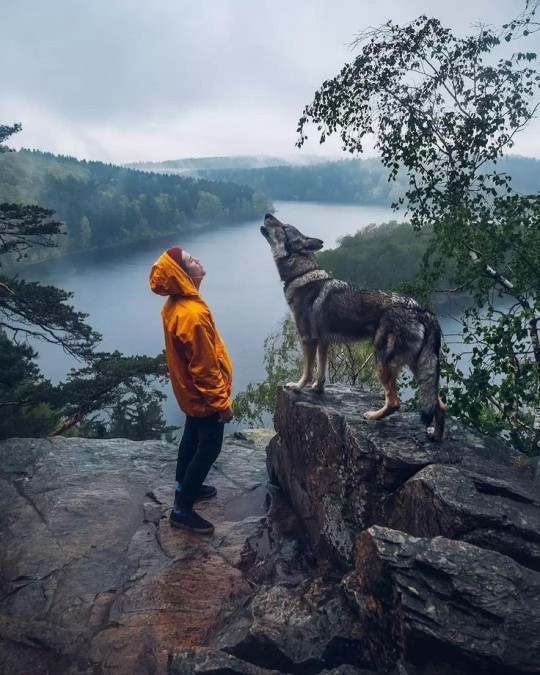
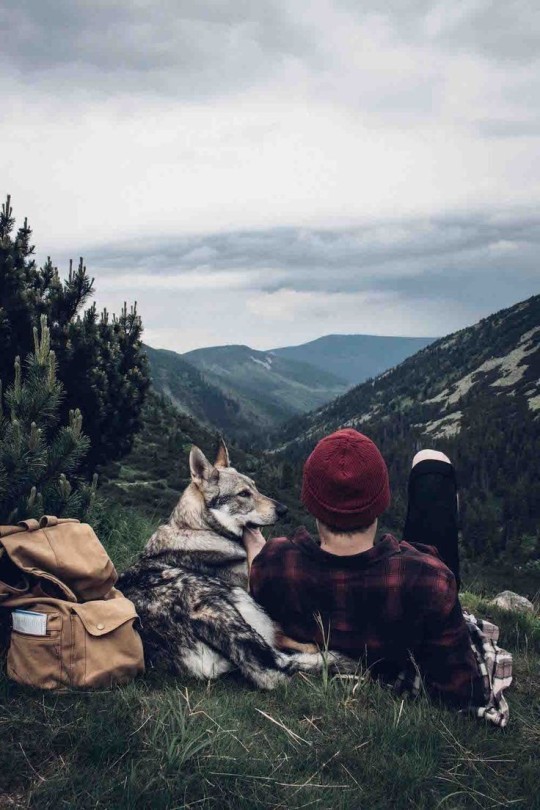
#camping#hiking#campfire#survival#hunting#outdoors#campinggifts#campinglife#campingsupplies#trendingnow#viral trends#tumblr trends#top camping sites in the use#survival gear#solo camping#rv camping#truck camping
226 notes
·
View notes
Text

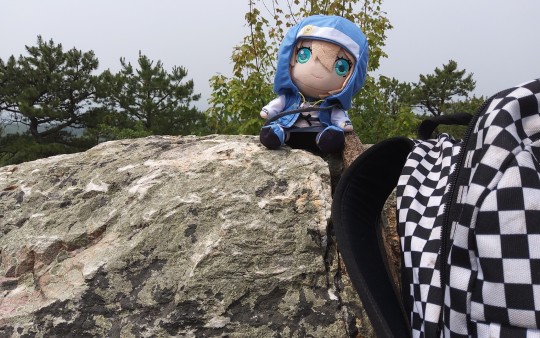


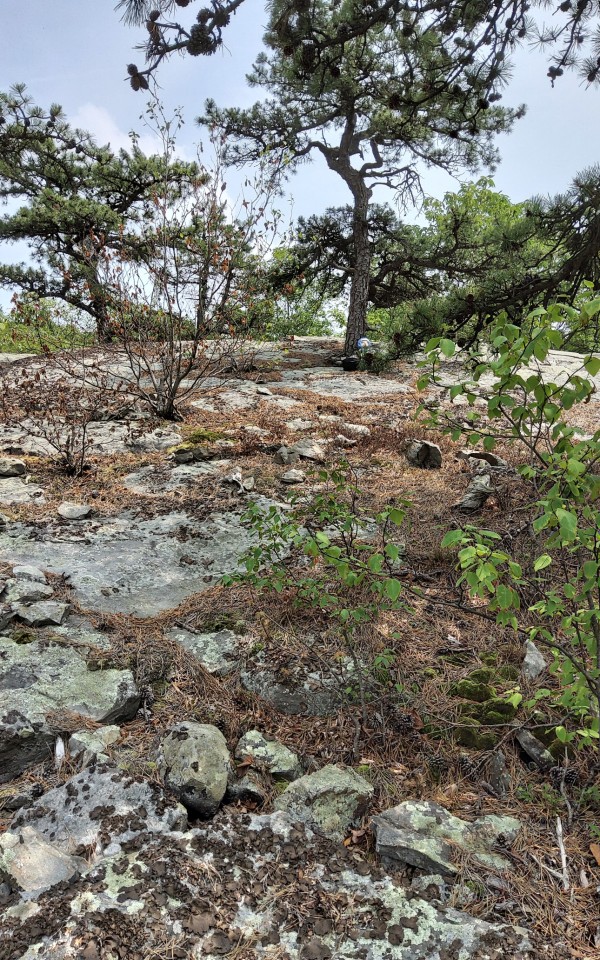
took bucket out for a stroll today
161 notes
·
View notes
Text
here's a pet peeve of mine: editing gear and leashes out of a dog portrait etc or w/e is great and valid and all but i also think showing dogs with appropriate equipment is i-would-go-as-far-as-to-say important. especially re: blog/instagram/slice of life style content. imo it endorses responsible ownership.
i think maybe especially now that more people (in norway at least) are getting dogs or getting into dogs without prior experience. normalizing and showing properly and responsibly managed dogs living enriched, fulfilling lives etc etc. stop skewing the perception of how normal/common it is for dogs to be safely/appropriately off leash in open access areas.
#stop editing gear out of your hiking pics especially (kissy face)#like i dont think anyones consciously going to go 'oh they do it so i can too'#but when over half the dogs you see on SoMe are offleash/gearless it gives a p skewed idea of what#it means to properly and safely own and manage a dog without posing a risk to people pets or wildlife#Even When you are outside of leash season in places with good overview and a well trained dog there should be a backup to your backup#if only to signal to other people that you *are* in control and managing your dog#also whats the point of owning a brand name harness if youre not shoving it in ppls faces like COMEON
397 notes
·
View notes
Text
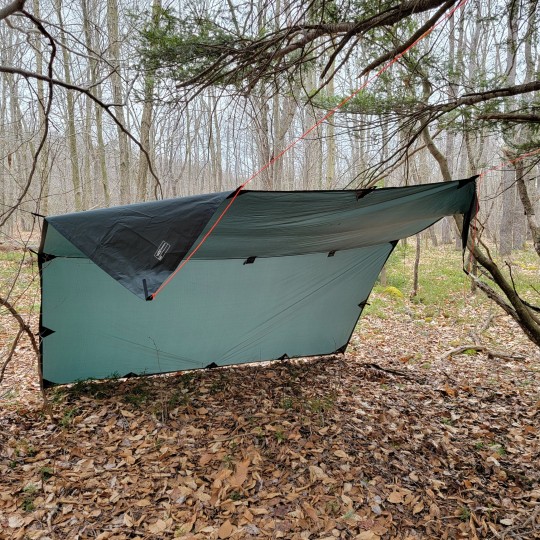

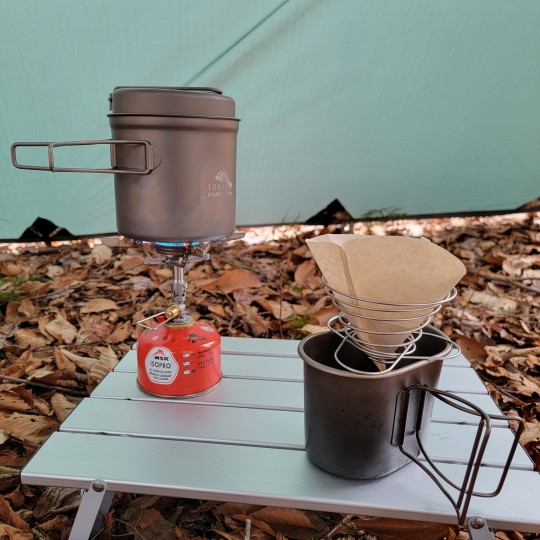



It's nice to get a little ✨𝓫𝓸𝓾𝓰𝓲𝓮✨ sometimes
24 notes
·
View notes
Text

The anatomy of a backpacker's life, laid out in gear and dreams. Where to? That's a secret we keep.
#wanderer#travel photography#hiking#hiking gear#nature hikes#backpacker#backpacking#backpack#adventure seekers#adventure gear
26 notes
·
View notes
Text

We're climbing some new terrain this year.
I want to have a solid boot on as I want to be able to take in a lot of the view yet know that my feet are okay.
Good boots{hiking shoes} really are a part of the journey.
You know, the last three pair of boots I tried on where either tight or too soft or had zero arch support.
Keeping away form sprains and soreness and blistering of my feet is a full time job when I'm outdoors and moving about.
Lucky for me, I have found some internal calm as one shop has been able to help me with a great pair of high cuff boots.
As a matter of fact they also had a couple of items for my trail and path activities.
Made my visit easy. If you folks need to make your fits more classy [or for some classical}; you might have a gander for yourselves.
#hike fit#walking style#trekking attire#affiliated#brand#quality goods#outdoors#stuff to wear outside#tasteful gear#prep for my walk#these boots
13 notes
·
View notes
Text

#camping life#camping aesthetic#hiking#nature hikes#mountains#traveling#camping gear#aesthetic#aestethic#aestehtic#glowing#aestheitcs#beatiful#photograph#photography#photooftheday#photoshop#picture#my photos#photoshoot#photografy#photographer#beautiful photos#i sell photos#photographs#photo#photos of the day#photos i took#photos from pinterest#photos of me
20 notes
·
View notes
Text
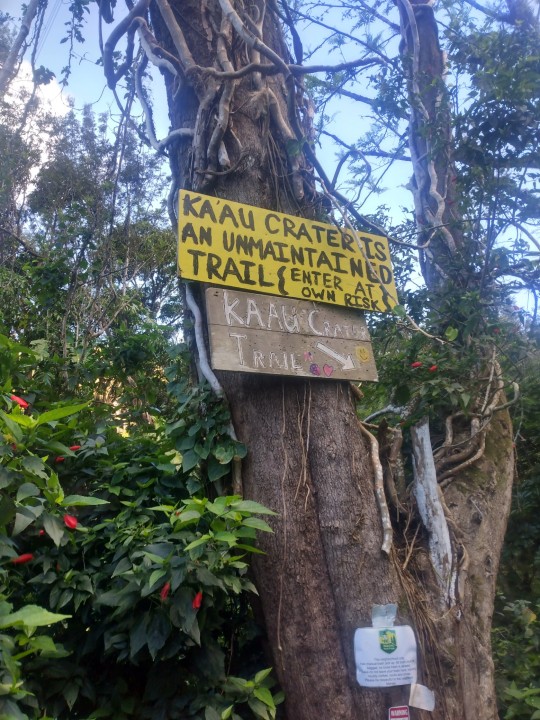

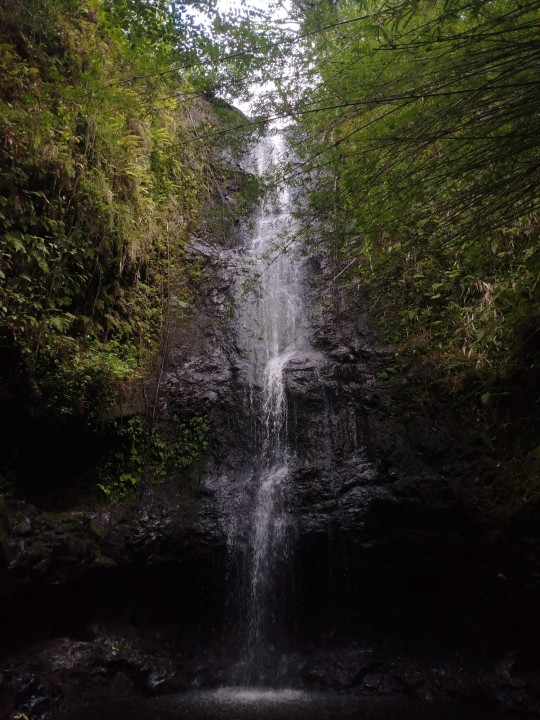
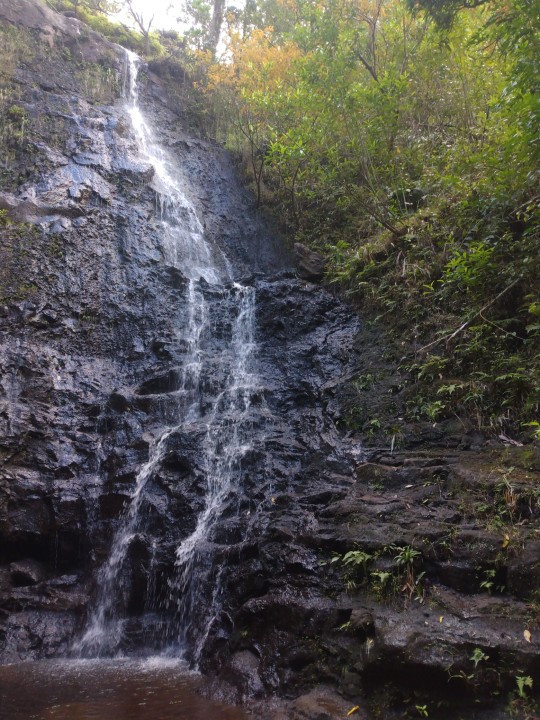
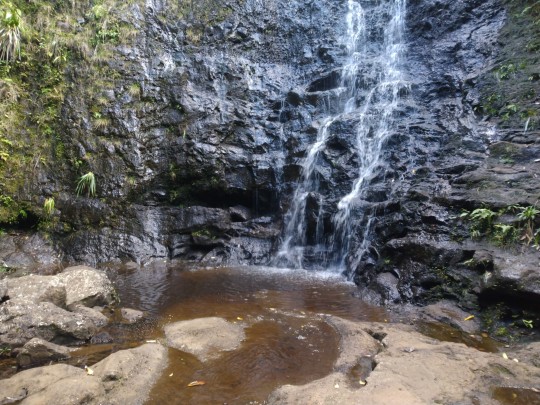
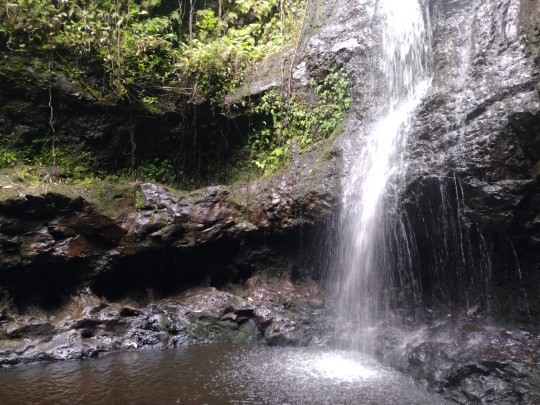
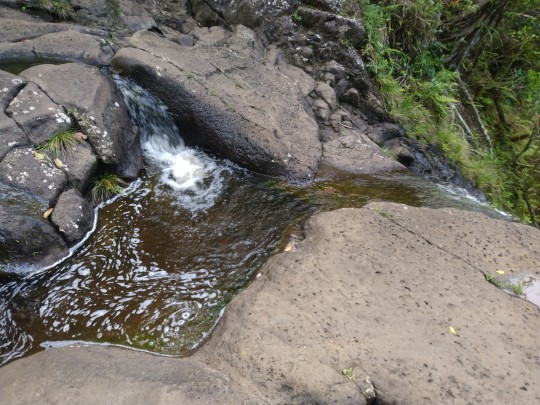



#this hike with zero (0) prep/gear/even sunscreen or water was the most reckless fucking impulse decision I've made in good damn while#but it was beyond incredible. genuinely like spiritually recalibrating coming out into the clearing after the third waterfall (not pictured)#to the view of the valley city and ocean below#but yeah i also did this decently hungover running on 2h of sleep under a mound of boulders bc i was under the impression it was much#shorter and simpler just 'fairly steep very muddy but so worth it' being basically my entire prior knowledge lmao#so when i got past that clearing and figured the descent would start only to see the falls were the fucking prologue#to the much longer much more intense crater ridge climb? holy fuck lmao life flashed before my eyes a few times along the way#but so beyond amazingly worth it 1000/10 would do again in a heartbeat. with actual preparation.
9 notes
·
View notes
Text

Print ad for a camp bed that was made and sold by the Simplex Camp Bed Company of 830 Chamber of Commerce.
Buffalo, New York
1925
#vintage camping#campfire light#buffalo#new york#20s#vintage camping gear#hiking#travel#fishing#outdoors
82 notes
·
View notes
Text
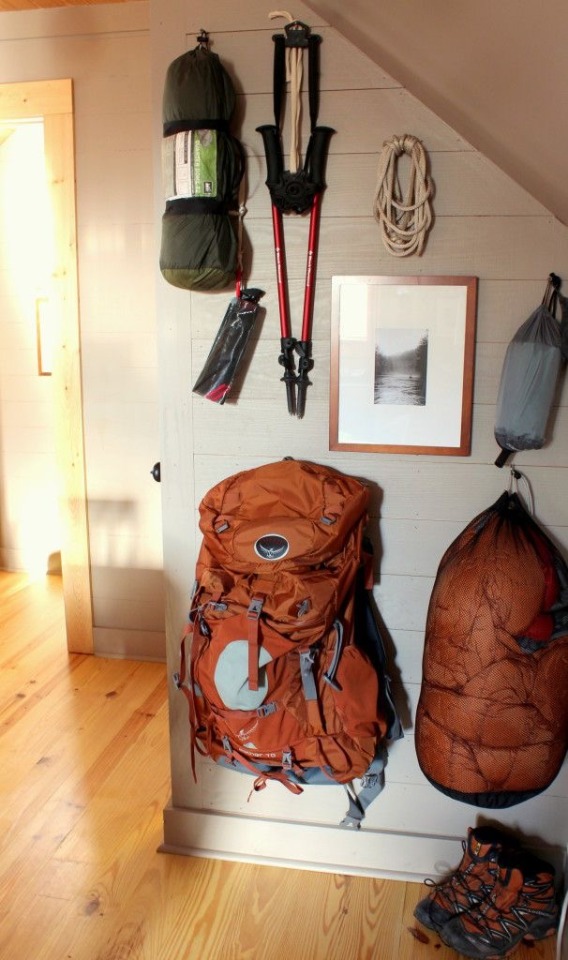
66 notes
·
View notes
Text
I live in heaven btw… if you were wondering.
#UGH THE SPRING HERE IS GEARING UP AND I LOVE IT#like springtime along the SC coast is perfection#I live here and I can’t believe I moved away#outdoors#nature#naturecore#fairycore#fairy aesthetic#faerie aesthetic#adventure#adventurecore#gardening#gardens#South Carolina#Spanish moss#moss#flowers#flower garden#lowcountry#spring#springtime#dm me#me#message me#dms#let’s talk#hiking#let’s be friends#new friends#acotar
9 notes
·
View notes